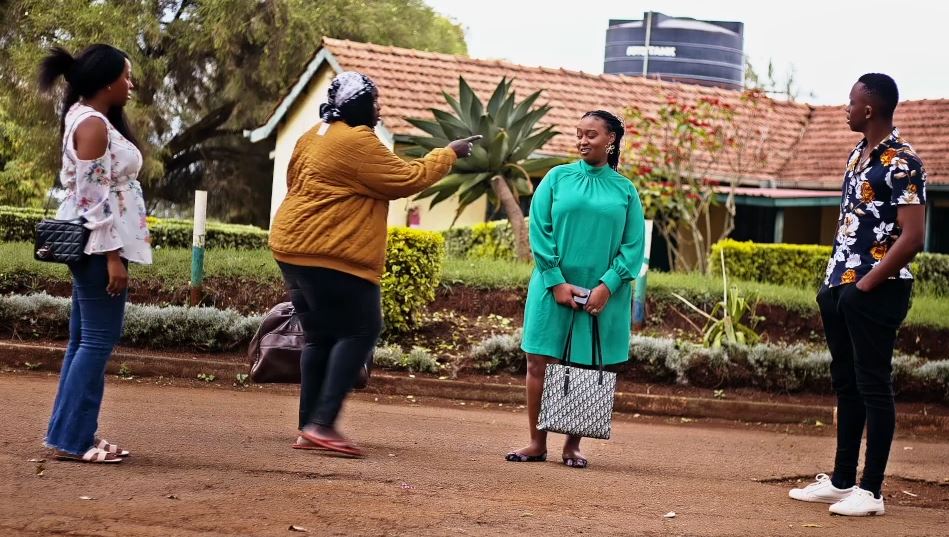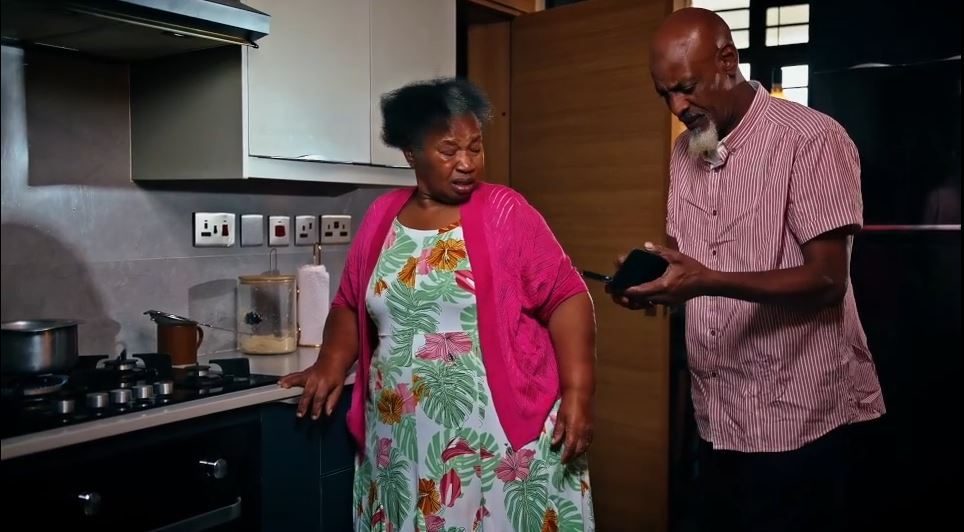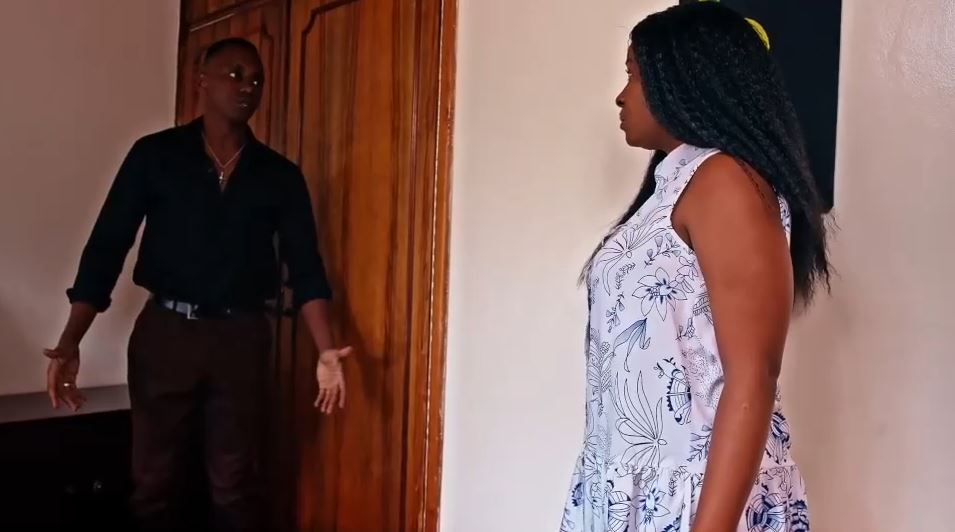Why the Panasonic Lumix G85 is a Great Choice for Vloggers and Content Creators in 2025
The Panasonic Lumix G85 (also known as the G80 in some markets), released in 2016, continues to be a standout Micro Four Thirds (MFT) mirrorless camera for vloggers and content creators in 2025. Lauded for its compact design, robust video capabilities, and rugged build, the G85 offers professional-grade features at a budget-friendly price. This article explores why the Lumix G85 is ideal for vloggers and content creators, its key selling points, competitors, target audience, drawbacks, and its cost in Kenyan shillings, drawing on insights from reviews and market data.
Why the Panasonic Lumix G85 is Great for Vloggers and Content Creators
The Panasonic Lumix G85 is an entry-level mirrorless camera that balances portability, durability, and advanced video features, making it a versatile tool for creators producing content for YouTube, TikTok, and Instagram. Its weather-sealed body and in-body stabilization are particularly well-suited for filming in Kenya’s diverse environments, from Nairobi’s bustling streets to the dusty trails of Amboseli National Park. Here’s why it shines:
Key Selling Points
- 16MP Micro Four Thirds Sensor
The G85’s 16MP MFT sensor, without a low-pass filter, delivers sharp, vibrant images and video with good dynamic range. While smaller than APS-C sensors, it outperforms 1-inch sensor compacts like the Canon PowerShot G7 X Mark II in depth of field control and low-light performance, making it ideal for vlogs and stills in varied settings. - 4K Video Capabilities
The G85 records 4K UHD video at 30p/24p with full pixel readout, producing crisp, detailed footage suitable for YouTube or social media. It also supports 1080p Full HD at 60fps for smooth motion and 4K Photo mode to extract 8MP stills from video, perfect for thumbnails or Instagram posts. The lack of a recording time limit (unlike some competitors) is a boon for long-form content. - 5-Axis In-Body Image Stabilization (IBIS)
The G85 features 5-axis Dual I.S., combining in-body and lens-based stabilization for up to 5 stops of shake reduction. This ensures smooth handheld footage, making it ideal for vloggers filming on the move, such as during travel or walking vlogs, without requiring a gimbal. - Weather-Sealed, Durable Build
The G85’s magnesium alloy body is dust- and splash-resistant, making it suitable for Kenya’s rugged environments, from rainy coastal shoots to dusty safaris. This durability sets it apart from non-sealed cameras like the Fujifilm X-A7 or Canon EOS M200. - Vlogger-Friendly Design
- Fully Articulating Touchscreen: The 3-inch, 1.04-million-dot touchscreen flips out for selfie-style vlogging, allowing creators to frame themselves easily.
- Electronic Viewfinder (EVF): The 2.36-million-dot OLED EVF is useful for composing shots in bright sunlight, a feature absent in many entry-level cameras.
- Professional Audio: A 3.5mm mic input and headphone jack (via an optional grip) support high-quality audio, essential for professional vlogs.
- Interchangeable Micro Four Thirds Lenses
The G85 uses the MFT mount, shared with OM System (Olympus), offering access to a vast range of compact lenses, such as the Panasonic 12-60mm f/3.5-5.6 for versatile vlogging or the Leica DG 25mm f/1.4 for low-light cinematic shots. The 2x crop factor makes telephoto lenses more compact, ideal for wildlife or event vlogging. - Fast Autofocus with Depth from Defocus (DFD)
The G85’s DFD contrast-based autofocus system is fast for stills, with face detection to keep vloggers in focus during solo shoots. While not as advanced as phase-detection systems, it’s reliable for most vlogging scenarios. - Connectivity and Creative Features
Wi-Fi enables seamless file transfers to smartphones via the Panasonic Image App, simplifying content sharing on Instagram or TikTok. In-camera features like Post Focus and 4K Photo add creative flexibility, allowing creators to adjust focus or extract stills after shooting. - Affordable Price Point
As an older model, the G85 is significantly cheaper than newer cameras like the Panasonic Lumix G9 II, offering premium features like IBIS and weather sealing at a budget-friendly cost.
Competitors
The Panasonic Lumix G85 competes with other entry-level mirrorless and compact cameras tailored for vlogging. Here are its main rivals:
- Fujifilm X-A7
- Price: ~KES 60,000–70,000 (body only); ~KES 75,000–85,000 (with kit lens)
- Pros: 24.2MP APS-C sensor, 4K 30p video, fully articulating 3.5-inch touchscreen, and Film Simulation modes.
- Cons: No IBIS, no EVF, no weather sealing, and limited 4K recording time.
- Best for: Beginner vloggers prioritizing vibrant colors and a large screen.
- Sony ZV-E10
- Price: ~KES 115,000–125,000 (with 16-50mm kit lens)
- Pros: 24.2MP APS-C sensor, 4K 30p video, excellent autofocus with Product Showcase and Background Defocus modes, and E-mount lenses.
- Cons: No IBIS, no headphone jack, and plastic build.
- Best for: Vloggers needing advanced autofocus and lens flexibility.
- Canon EOS M200
- Price: ~KES 70,000–80,000 (body only); ~KES 85,000–95,000 (with kit lens)
- Pros: 24.1MP APS-C sensor, 4K 24p video, Dual Pixel CMOS AF, and compact design.
- Cons: No IBIS, no mic input, and discontinued EF-M mount.
- Best for: Beginners wanting a simple mirrorless camera with Canon’s color science.
- Panasonic Lumix G100
- Price: ~KES 80,000–90,000 (with 12-32mm kit lens)
- Pros: 20.3MP MFT sensor, 4K 30p video, OZO audio with built-in mics, and vlogger-specific design.
- Cons: Smaller sensor, no headphone jack, and less reliable autofocus for video.
- Best for: Vloggers prioritizing audio quality and vlogging ergonomics.
Who the Panasonic Lumix G85 is Best For
The Panasonic Lumix G85 is ideal for:
- Beginner to Intermediate Vloggers: Its intuitive controls, 4K video, and IBIS make it perfect for creators transitioning from smartphones to mirrorless cameras.
- Travel and Adventure Vloggers: The weather-sealed body and compact MFT lenses suit creators filming in Kenya’s rugged environments, from safaris to coastal shoots.
- Budget-Conscious Creators: Its affordable price offers professional features like IBIS and weather sealing for those starting out.
- Social Media Influencers: The 4K video and creative modes cater to creators producing content for YouTube, TikTok, or Instagram.
- Hybrid Shooters: The 16MP sensor and 8fps burst shooting support creators needing quality stills alongside video.
Drawbacks of the Panasonic Lumix G85
Despite its strengths, the G85 has some limitations:
- Contrast-Based Autofocus: The DFD system is less reliable for continuous video autofocus compared to phase-detection systems in the Sony ZV-E10 or Canon EOS M200, occasionally hunting in dynamic scenes.
- Smaller MFT Sensor: The MFT sensor’s 2x crop factor and smaller size result in slightly weaker low-light performance and less depth of field control compared to APS-C cameras like the Fujifilm X-A7.
- No Fully Native Headphone Jack: While it has a mic input, the headphone jack requires an optional grip, unlike the Fujifilm X-T3 or Sony a7 III.
- Battery Life: The DMW-BLC12 battery lasts for about 330 shots or 40 minutes of 4K video, requiring spares for extended shoots.
- Aging Technology: Released in 2016, the G85 lacks newer features like 10-bit recording or advanced autofocus found in the Panasonic Lumix G9 II.
- No USB-C Charging: Unlike newer models, it uses an older micro-USB port, which is less convenient for modern workflows.
Cost in Kenyan Shillings
As of September 6, 2025, the Panasonic Lumix G85’s retail price in Kenya varies based on the retailer and bundle, reflecting its status as an older model often available at discounted rates:
- Body Only: Approximately KES 60,000–70,000
- With 12-60mm f/3.5-5.6 Kit Lens: Approximately KES 80,000–90,000
These prices are based on global pricing (e.g., $450–$550 USD for the body, $600–$700 USD with the lens) converted at an exchange rate of roughly KES 130–140 per USD, factoring in local taxes and import duties. Prices may vary depending on retailers like Amazon, Panasonic Kenya, or local stores in Nairobi. A content creator kit with accessories like a mic or tripod may retail for around KES 100,000.
Conclusion
The Panasonic Lumix G85 is a fantastic entry-level mirrorless camera for vloggers and content creators in 2025, offering a 16MP Micro Four Thirds sensor, 4K 30p video, 5-axis IBIS, and a weather-sealed build. Priced at approximately KES 60,000–90,000, it delivers professional-grade features at a budget-friendly cost, making it a great choice for creators in Kenya producing vlogs, YouTube content, or social media posts. Its compact MFT lenses and durability make it ideal for travel and adventure vlogging, while its connectivity supports seamless sharing.
Compared to competitors like the Fujifilm X-A7, Sony ZV-E10, Canon EOS M200, and Panasonic Lumix G100, the G85 excels in stabilization and durability but is limited by contrast-based autofocus and an aging sensor. For Kenyan creators seeking an affordable, rugged camera for high-quality content, the Panasonic Lumix G85 is a reliable, versatile investment that delivers impressive results.
NEEMA CITIZEN TV 9TH SEPTEMBER 2025 TUESDAY PART 1 AND PART 2 FULL EPISODE COMBINED









You must be logged in to post a comment.